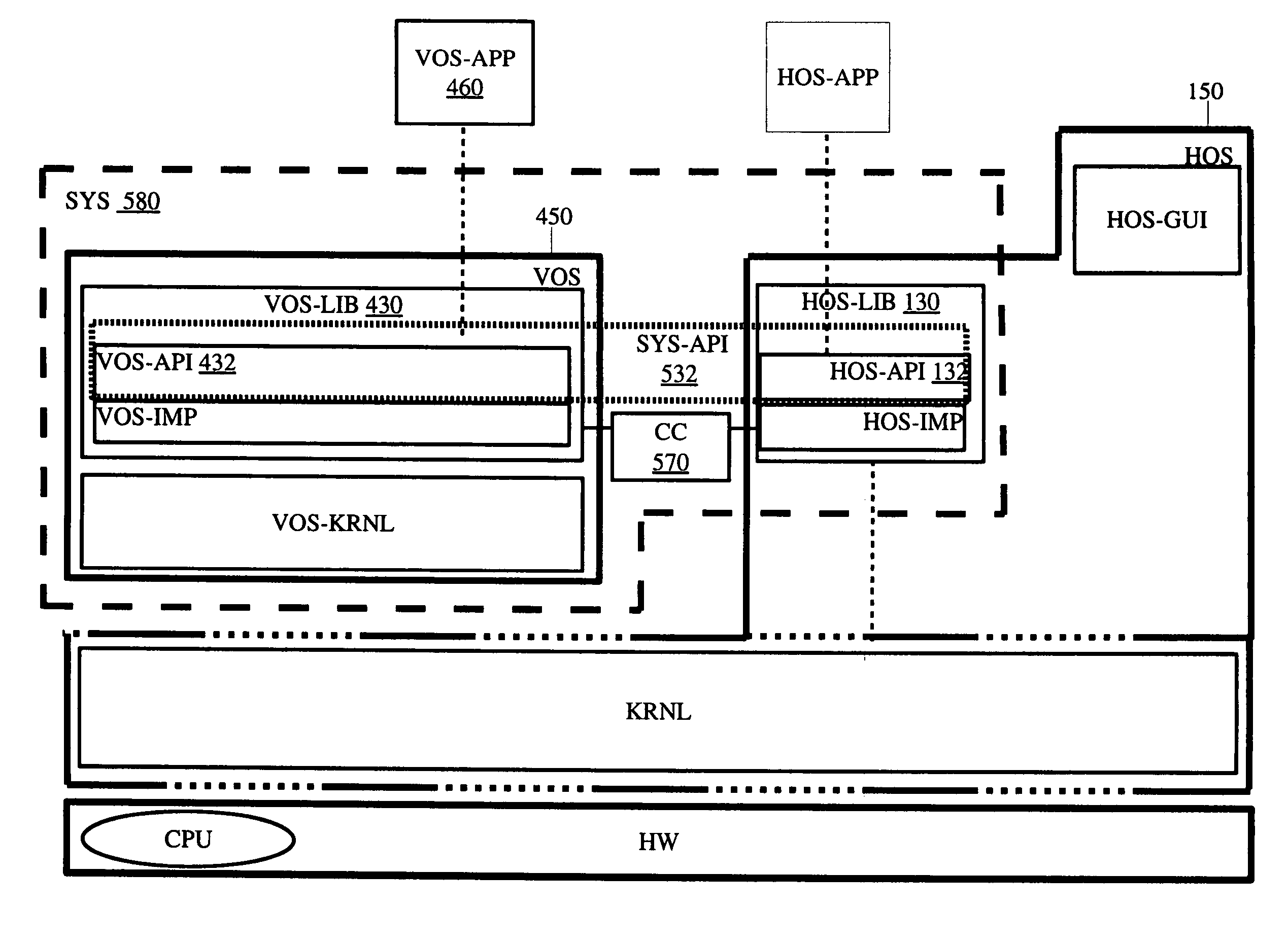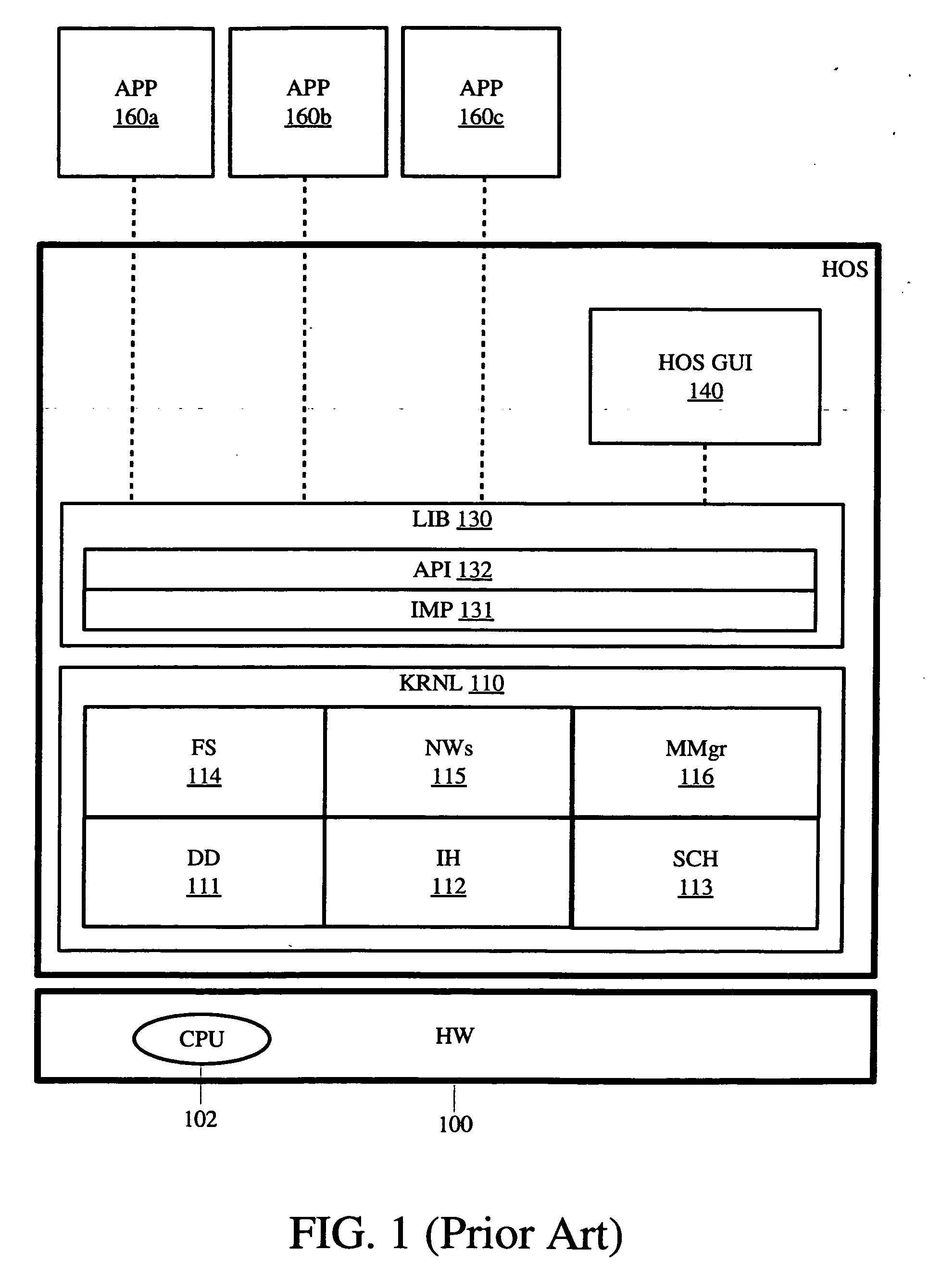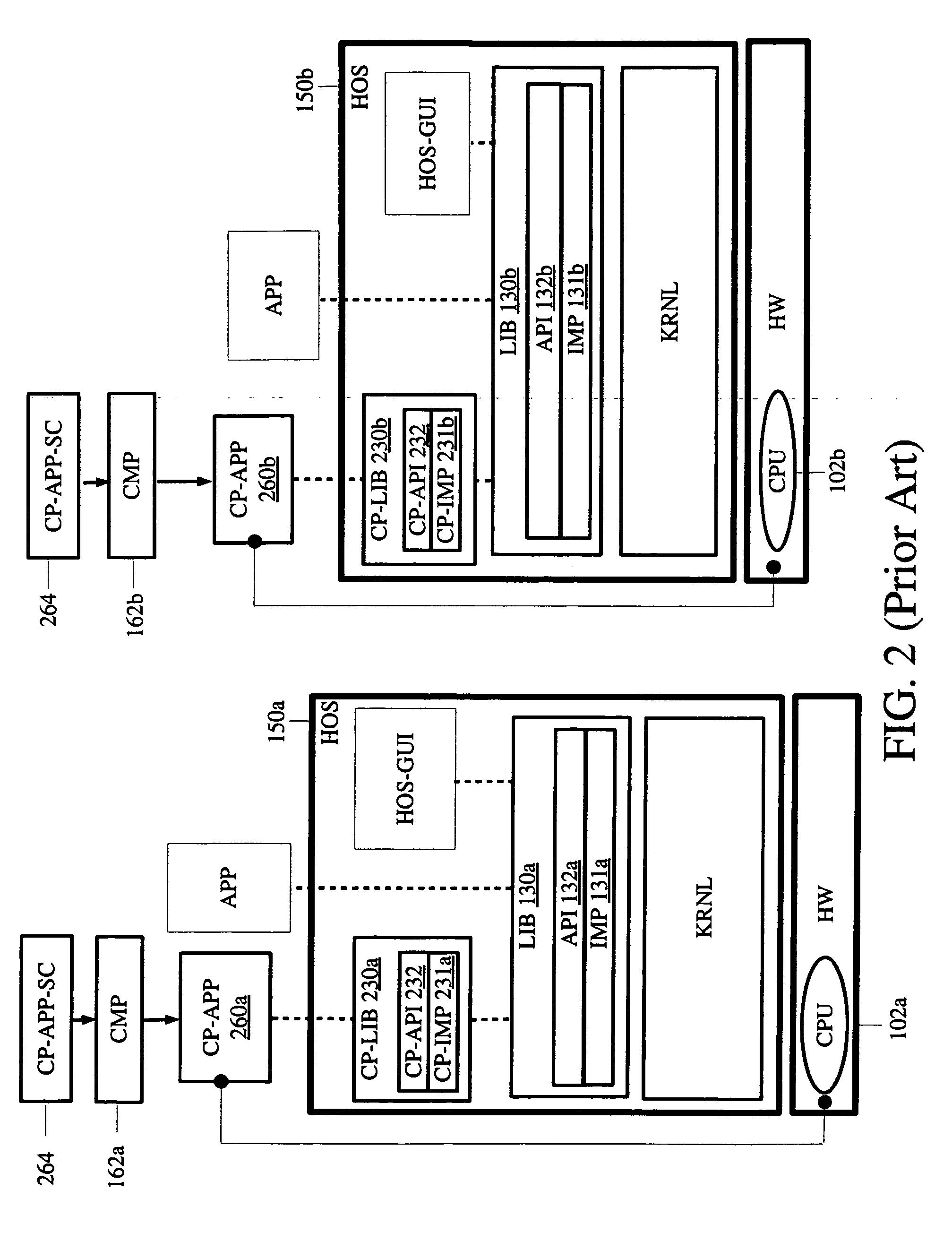Each of these phases has increased either the complexity or the portability of the applications that can be written for these platforms.
Because libraries and the APIs they
expose are operating
system specific, traditional applications are dependent on the particular APIs of the operating system for which they are written and are therefore not portable.
The result is that programs written in traditional low-level languages can usually only run on the operating system and hardware for which they were compiled.
A different CPU will not be able to execute the application's Sparc
machine code.
The consequence of these limitations is that programs have historically been dependent on the specifics of the underlying platform.
As a result, vast bodies of code have been produced that can only be run on specific combinations of hardware and operating systems.
As virtual machines have become widely adopted, their limitations have become more apparent.
The greatest drawback to virtual machines is that they limit programmers to the small set of higher-level
programming languages that run on the
virtual machine.
As a result, programmers that use virtual machines to create portable applications are unable to utilize the vast body of code written in traditional low-level languages like C and C++ since that
codebase is traditionally dependent on specific operating system APIs and on specific physical CPU types.
Software solutions that involve multiple codebases using multiple machines (real or virtual) are extremely difficult to integrate and distribute as a single binary.
While virtual machines allow limited portable execution, they cannot run traditionally run binaries compiled from low-level
programming languages, nor can they execute compound executables that integrate
machine code and
bytecode from multiple virtual machines and virtual operating systems.
The core limitation is that the guests must be closely related to each other by virtue of their shared kernel.
While system emulator-type virtual operating systems allow applications written for a number of operating systems to run on a single computer, current solutions fail to provide cross-platform access to host resources.
This prevents the virtual operating system from being transparent to the user because applications that run on the virtual operating system fail to fully adapt the resources of the host operating system.
This is because currently available solutions lack a dispatching mechanism that automatically installs a
package or runs an application on the appropriate resident operating system or
virtual machine.
Another limitation of current platforms using multiple virtual operating systems and virtual machines is that they lack a consistent, universal mechanism to integrate the variety of security policies associated with such a
complex system.
Although some virtual operating system platforms are managed by programs and libraries that allow this functionality, there is no existing system or method that enables developers to access this capability from within the languages used to write applications that run on the virtual operating systems themselves.
This limitation hampers the ability of cross-platform developers to write cross-platform applications that dynamically instantiate
virtual hardware and virtual operating systems.
Nonetheless, the mechanisms through which users and applications access hardware resources are operating system specific and often require operating system specific code.
The state of the art does not yet provide uniform (as opposed to unified) views of the resources of multiple underlying systems.
A number of approaches exist that allow virtual machines transparent access to the host operating system, but these approaches do not address the fact that files are referenced using different formats and using different paths on different operating systems.
The result is that a program written to change files in a user's
home directory on one operating system will not work on another operating system since these files will be in a different location.
There is also a shortage of solutions that allow uniform representations of operating system resources besides file systems including processes, interprocess communication, and
network communication.
Nor do current solutions provide a useful uniform representation of user and group data,
system configuration, application installation management, or ontological systems.
This is a significant limitation since cross-platform developers benefit from having a uniform representation of higher level resources of the different operating systems for which they are developing.
While solutions do exist that provide a uniform set of APIs for accessing and changing resources on different operating systems, no currently available virtual operating system uniformly represents the higher-level resources of the host as if they were native to the guest.
This type of
virtual device is therefore unable to offer any functionality beyond that of the host device driver, even if the guest operating system has a more capable native device driver.
Furthermore, if there is no appropriate device driver on the host, the
virtual device is unable to access the hardware.
In conclusion, the current solutions have numerous limitations in the areas of native
look and feel, integrated security, advanced
programming types,
programming language support, uniform access to system resources and cross-platform hardware support.
 Login to View More
Login to View More  Login to View More
Login to View More 


